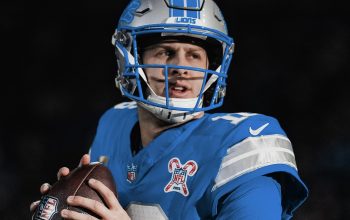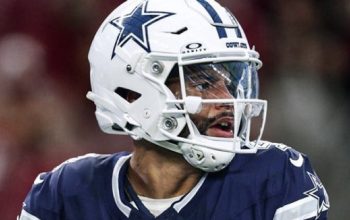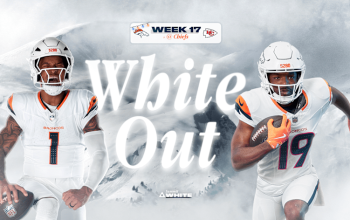
Nearly two decades after the league’s founding, the collegiate summer level West Coast League updated its logo for the first time. In a SportsLogos.net exclusive, we sat down with WCL commissioner Rob Neyer and Portland Pickles owner Alan Miller to discuss the league’s new look.
The new logo, created by Portland, Oregon–based artist Ernesto Gonzales and creative agency COLLiDE, is an understated homage to the natural beauty of the landscape in Oregon, Washington, and British Columbia, where the league’s 16 teams play.

“When people come to the Northwest,” Neyer said, “they’ll talk about what a beautiful city Portland is, or Seattle, but you could say the same thing about literally every city in our league for different reasons, most of them having to do with the scenery, the setting, the geography. Everywhere you go is just this striking place.”
West Coast League teams play among some of the continent’s most iconic mountains, including Mount Hood and Mount Rainier in the Cascades, and along some of its most striking waterways, like the Strait of Juan de Fuca in the Salish Sea.

“The idea was to showcase that in the art,” Neyer said. “We have something in our league that literally no other league has, that degree of beauty when you visit our ballparks.”
The logo features the letters WCL, with each letter signifying an element of the league and its surroundings. The W highlights not one but two mountains, including one with a snow cap and another smaller one in the letter’s counterform. The C creates the opportunity for an actual baseball, with stitches contained within. And the L represents the area’s rivers and other bodies of water with a wavy cross stroke.

Of course, the iconography isn’t just literal representations of the landscape—there’s a metaphorical aspect as well.
“We really wanted this mark to represent the overarching peaks not only that we have as topography, but also there’s a great analogy that our players are here to reach these phenomenal peaks,” Miller said. “And we’ve seen that, when you’ve got the number one draft pick coming out of our league more than once, you really start to see that these are incredible players.”

With its cool colors and understated presentation, the WCL’s new logo is meant to complement rather than compete with the logos of the league’s teams, many of which fall on a scale of outrageous to wacky.
“It is a very clear, updated, contemporary mark that doesn’t compete with our teams, and really shouldn’t—what it should be is a great accent to what the teams are doing,” Miller said. “It was about elevating it to a point that continued the respect that this league deserves based on all of the incredible talent that continues to come out of it. “

The impetus for updating the logo was about more than just updating a mark that was showing its age. It’s an acknowledgment that collegiate summer level baseball has gained prominence in the public eye in recent years.

“This league hasn’t had a new logo in 20 years,” Miller said. “There’s reason and rationale for how the old logo was created and why, and the attitude of the country and where collegiate wood bat baseball was. It’s evolved considerably since then, and the need was to have something that’s a bit more elegant, a clean design.”

With 16 teams having a stake in the new logo, the process went surprisingly smoothly, and the WCL avoided pitfalls they’ve seen other leagues fall prey to.
“Some of these marks look like Frankenstein’s monster,” Neyer said. “It’s all these different pieces. I always think there’s eight people in a room and they all have a favorite thing they want to see in it and they just say, okay, we’ll just throw everything in it. I was frankly worried that might happen because I’ve never been part of a process like this. And that did not happen at all. Everyone, when they saw this, it was unanimous enthusiasm around the league for the first iteration that everyone saw. It’s been gratifying how everyone pulled together in support of this.”

The West Coast League was founded in 2005 as the West Coast Collegiate Baseball League before changing its name in 2008. Its 2022 season will begin May 31, with teams from Bend, Oregon, to Kamloops, British Columbia, taking the field sporting the league’s new logo.








